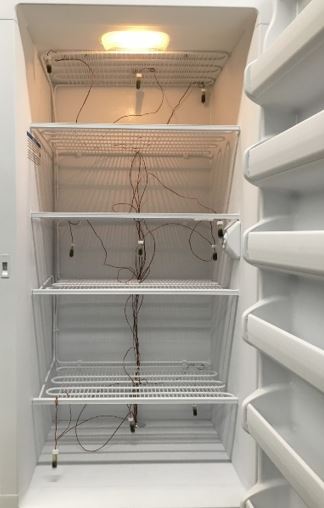Project Info
COMPLETE
 Project Title
Project Title
 Project Title
Project Title
20C Freezer Evaluation
Project Number ET17SCE1200 Organization SCE End-use Process Loads Sector Commercial Project Year(s) 2018 - 2019Description
Laboratory refrigeration has not been extensively studied, with the exception of ULT freezers. The largest insight into the energy savings potential comes from the ENERGY STAR Product Specification for Laboratory Grade Refrigerators and Freezers, published in 2016. Data from 14 different freezer models were submitted to the EPA. Based on the CEEL market assessment findings, and on the specification published by the EPA, energy savings for laboratory grade freezers may reach 60%. Thus for -20°C freezers, assuming modest energy savings of 4 kWh/day, over 10 million kWh/year could be saved by replacing just 10% of the estimated 74,000 units in California with more energy-efficient models.
Project Report Document
Loading PDF Preview...
